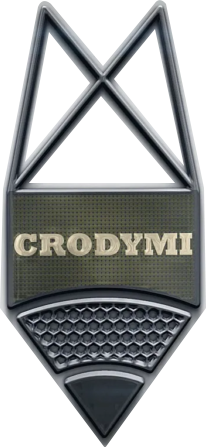Accident Scene Mapping, Scaled Drawings, and Sketches
Select a Service

The Crucial Role of Sketching in Investigating Crime Scenes, Motor Vehicle Collisions, and Accident Scenes.
Introduction
Sketching is a distinctive form of drawing that designers use to propose, explore, refine, and communicate ideas. It is a rough or unfinished drawing or painting, often made to assist in creating a more finished picture. Sketches are often used to convey a story or an idea to others. In the classroom, sketches are essential but not quite as significant as a piece of sketch put in front of a court or tribunal. Sketching is a fundamental tool in forensic investigations, crucial in documenting and reconstructing crime scenes, motor vehicle collisions, and accident scenes. This article explores the twelve importance of sketching in these contexts, shedding light on its significance in enhancing the investigative process, preserving crucial evidence, and accurately representing complex scenarios. For example click here

Preservation of the Scene:
Sketching serves as a valuable method for preserving the scene in its original state. It allows investigators to capture the spatial relationships between various elements, ensuring an accurate representation that can aid in reconstructing events later. Sketches also help victims or witnesses explain a particular scenario to others.

Comprehensive Documentation:
Sketching complements other forms of documentation, such as photography and written reports. It provides a visual summary that can be easily interpreted, helping investigators to understand the scene's layout, distances, and key features.

Enhanced Communication:
A well-drawn sketch acts as a universal language for investigators, facilitating communication among team members and other stakeholders. It bridges gaps in understanding and ensures that everyone involved in the investigation shares a common visual reference.

Witness Testimony Support:
When presented in court, a detailed sketch can assist witnesses in recalling and describing events more accurately. Jurors can better comprehend the sequence of events, leading to a clearer understanding of the case.

Accurate Measurements:
Sketching allows investigators to record precise measurements of distances, angles, and other spatial parameters. This information is crucial for accident reconstruction and aids in determining factors such as speed and trajectory.

Crime Scene Reconstruction:
Sketches play a vital role in reconstructing crime scenes. By combining physical evidence, witness statements, and expert analysis, investigators can recreate the sequence of events leading up to a crime, contributing to a more comprehensive understanding.

Documentation of Evidence:
Sketching ensures that all evidence, including physical objects and blood spatter patterns, is accurately recorded and mapped within the scene. This documentation is essential for maintaining the chain of custody and presenting a clear case in court.

Timely Analysis:
Sketching provides investigators with an immediate tool for on-site analysis. While waiting for more advanced forensic analysis, a preliminary sketch can help identify key areas and patterns that require further examination.

Training Tool:
Sketching is an invaluable training tool for forensic investigators. It helps hone their observational and analytical skills, fostering a deeper understanding of the intricacies involved in crime scene interpretation.

Clarity in Motor Vehicle Collision Investigations:
In motor vehicle collision investigations, sketching aids in representing the positions of vehicles, road conditions, and traffic elements. This clarity is essential for determining fault, understanding contributing factors, and improving road safety.

Multi-Disciplinary Collaboration:
Sketches serve as a medium for collaboration between various experts involved in an investigation, including forensic analysts, accident reconstruction specialists, and law enforcement. This interdisciplinary approach ensures a comprehensive and accurate representation of events.

Courtroom Presentation:
Perhaps most importantly, sketches serve as powerful visual aids during courtroom presentations. They assist legal professionals in explaining complex scenarios to judges and juries, making the evidence more accessible and persuasive.
Conclusion:
For more info or to get a free Quote: Click here to contact CrodymiIn addition, Crodymi also do diagnostic checks of vehicles to present information about faults, particularly freeze frame data.
M.S., B.S.
Date: Nov 15, 2023

